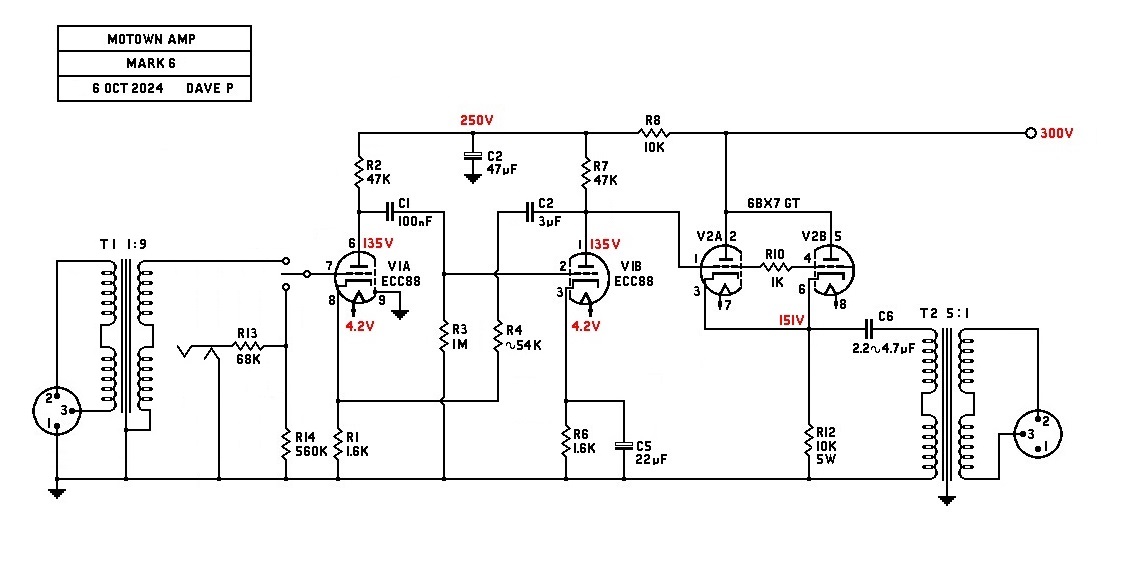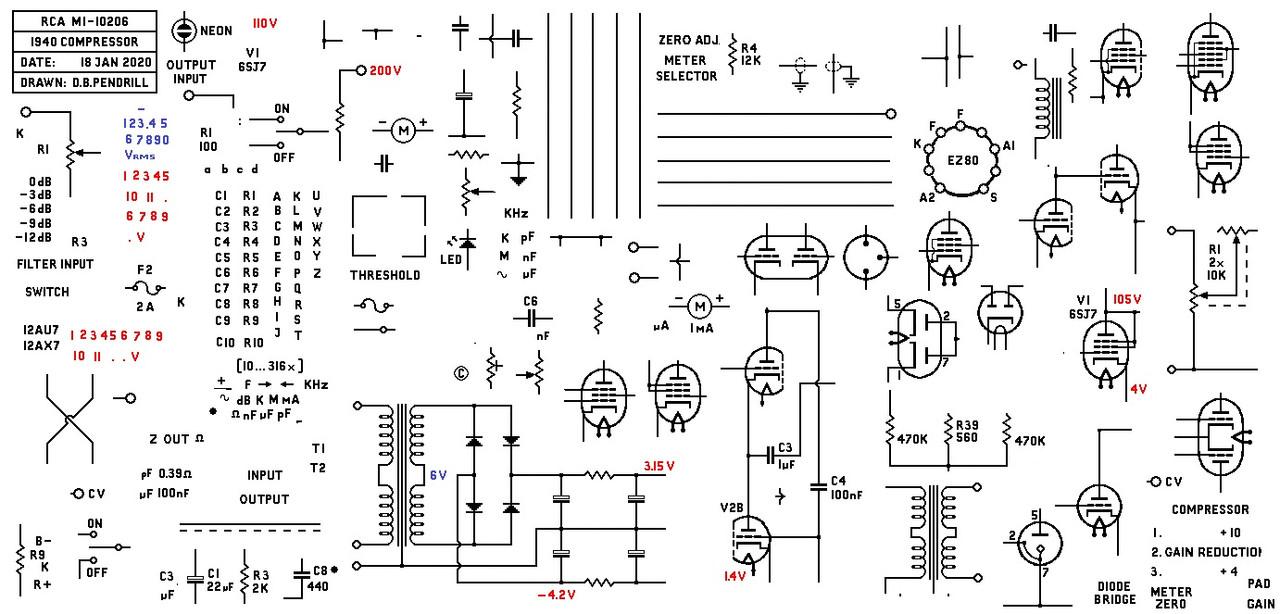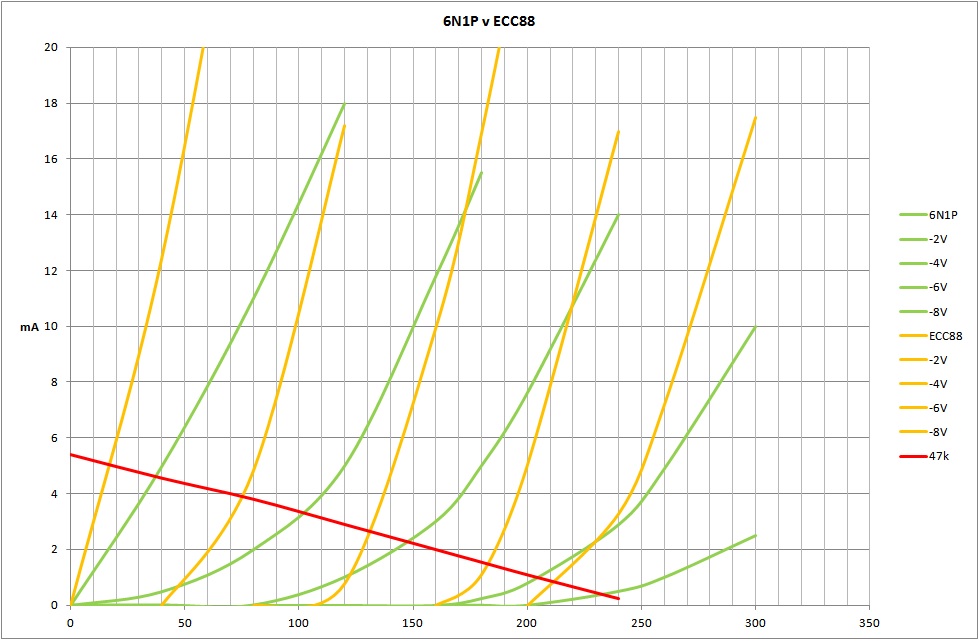thomasdf
Well-known member
Interesting take on the picture, sort of new perspective ... which makes me realise this is built on a PCB ... Makes sens from a manufacturing process point of view, but it's a bit sad, IMO. A cute little design likes this screams PTP to meFWIW, this page
There's also a top of chassis pic (I've brightened it since the can cap is difficult to make out in the original) :
Last edited:










